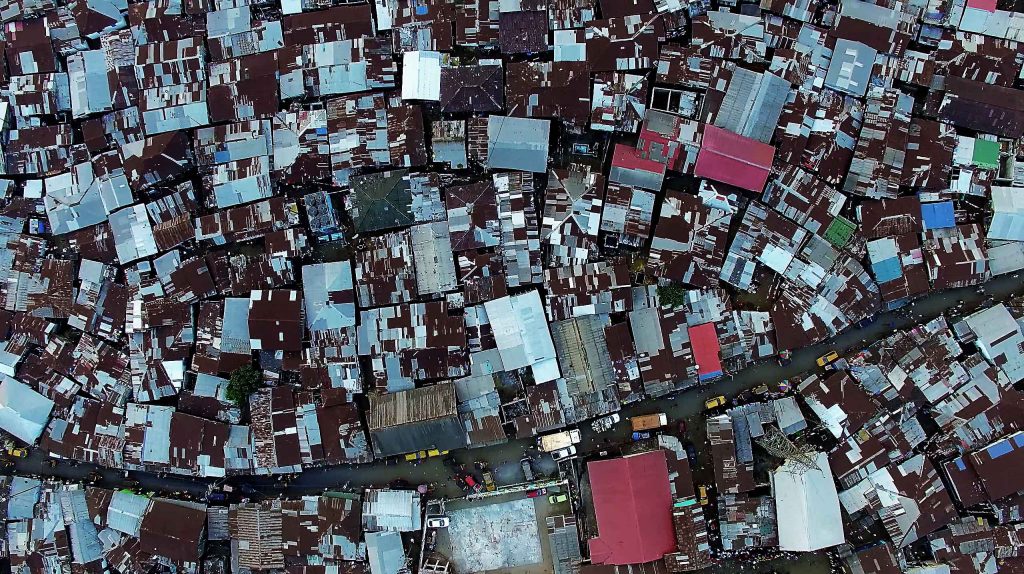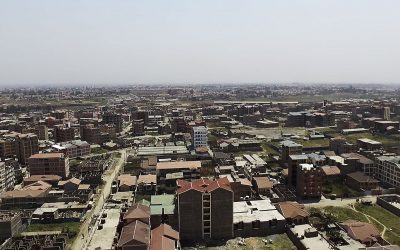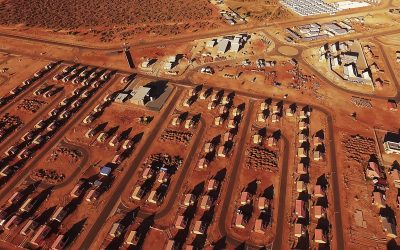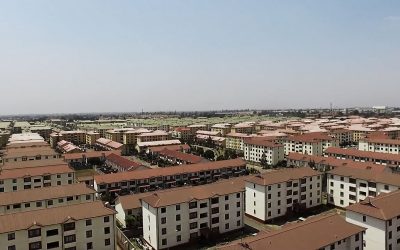Exponential Growth of Africans Urban Areas Expected
Within 15 years, 1.5 billion Africans are expected to live in cities. But the rapid urbanization also causes many new urban residents to end up in the slums of the major cities.
A lot of Africans leave the countryside and look for cities in search of jobs and new opportunities. But many of the continent’s cities, of which 25 belong to the 100 cities in the world that grow fastest, failed to expand the community service and the number of homes at the rate required to accommodate all new residents.
According to UN-Habitat, 1.3 billion Africans will live in cities within 15 years. It is more than the whole of the current Chinese population. Already now, the rapid urbanization has led to a lack of housing, clean water, sewage, energy and, in some cases, food availability for the rapidly growing urban populations.
In short, the UN Millennium Development Goals will be replaced by so-called sustainable development goals that will guide global development over the next 15 years. One of the Millennium Development Goals is to reduce the number of people living in the world’s slums with 100 million people, and this has been largely met in parts of Asia, but not in Africa.
At the same time, the land in the cities has become increasingly valuable over time, and some experts argue that what is required is that the cities are densifying and that more buildings are being built at the height, rather than the cities continue to grow on the banks.
In Kenya there is a project that could be a model for future housing construction in Africa. There, an organization for slum residents, together with the Shack / Slum Dwellers International organization, has launched a venture.
The project is based on offering the people in the slum housing in affordable three-story homes called The Footprint, at a cost equivalent to NGN 2,490 000. The project has only managed to build 300 such houses in two different areas this year. Those who moved into the new homes have paid 20 percent of the cost and then have the opportunity to pay the rest with the help of the so-called micro-loans.



